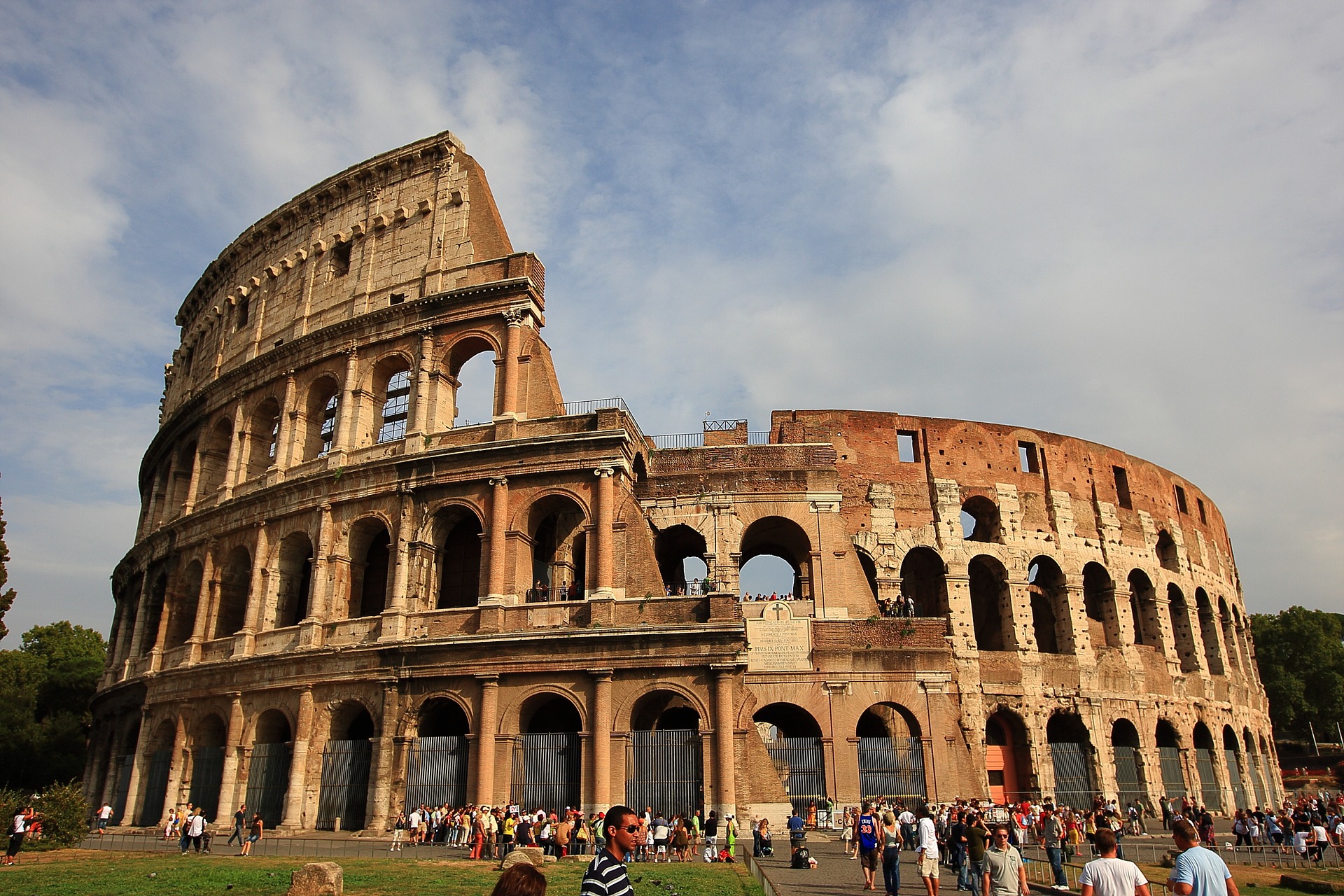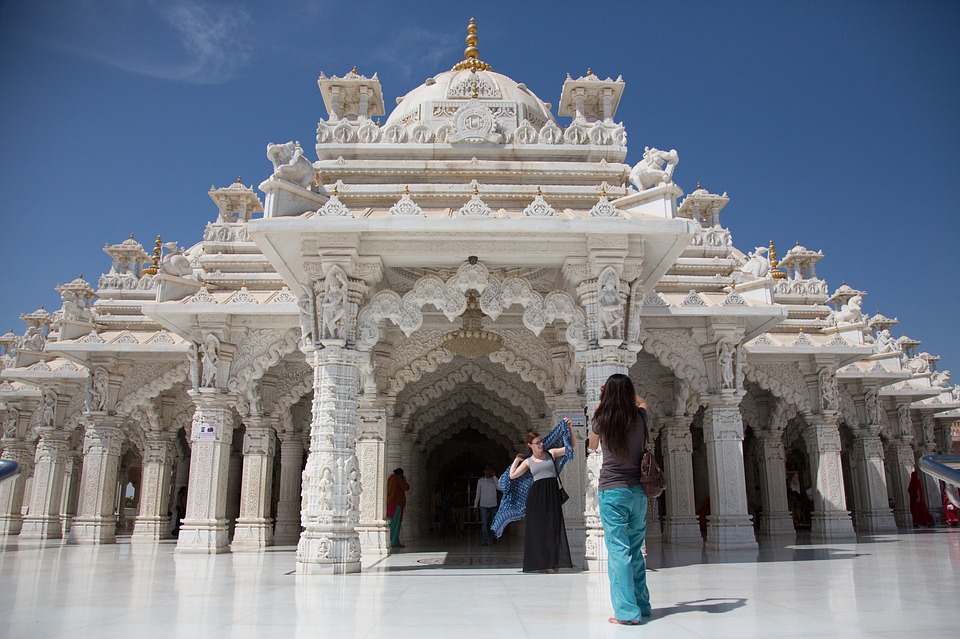The Holy Land is brimming with archaeological and historical importance. It started with biblical stories, followed by the Romans and the Greeks, and many more stories.
For tourists and archeologists, these places depict the history of different civilizations and find links between present-day faiths and cultures.
Here now are some archaeological wonders in the Holy Land that every traveler should visit.
THESE Are The Best Archaeological Wonders of the Holy Land
From the beginning of human civilization, the Holy Land, or the Land of Israel, has played a pivotal role. Further, its location at the crossroads of three continents made it a bridge for human passage.
It is the place through which early humans reached various parts of Asia and Europe from their homeland in Africa. So, there is no wonder that the Holy Land has so many archaeological wonders.
1. The City of David, Jerusalem

A visit to Jerusalem would not be complete without a visit to the City of David. It was the earliest sign of the development of ancient Jerusalem. This is an archaeological site that is even outside the walls of the Old City. This structure was established over 3,000 years ago, during the time of King David.
The City of David is very enlightening, revealing underground tunnels and the engineering feat of Hezekiah’s tunnel. This tunnel channeled water during sieges.
Recent archaeological explorations in Jerusalem expose more and more relics that revolutionize the existing knowledge of Jerusalem’s history.
Visiting the City of David is like walking through the Bible. People can see the architecture and history of the Palace of David, the original walls of Jerusalem, and even go down to the Gihon well. In order to go deeper into the site, the person can join the tour of the City of David.
2. Masada

Located in Southern Israel, on the side of a mountain overlooking the Dead Sea, Masada symbolizes strength and independence. These are the two most important symbols for Jewish People.
The antiquated balcony of King Herod (Construction: 30 AD) achieved fame when the Jewish Stoners held out against the Roman Empire during the First Jewish-Roman War.
It is also a historical site to visit since it has many features that exhibit archaeological importance, such as the modern fortress of Masada.
Tourists can go through Herod’s lavish abode with accommodation facilities such as bathhouses and storerooms. Also, there are mounds of the Roman siege evidence. One of them is the earthen ramp utilized by the Romans to ‘scale’ over the fortification walls.
The history of Masada is arguably one of the most intriguing episodes in Jewish history, and to date, the site has been a beacon to many people.
3. Caesarea

Caesarea, a beautiful seaside of the world with facilities constructed by Herod the Great, is an example of the Romans’ architectural and engineering skills. Caesarea, which is located on the Mediterranean Sea, was a lively port town during the Roman Empire.
Tourists can walk the grounds of a great amphitheater, a marvelous Roman aqueduct, and Herod’s palace, the foundations of which extended into the sea.
The underwater archaeological park is also a special construction; after the catastrophe, divers can investigate the old destroyed ships and broken parts of the great harbor which once made Valletta one of the biggest ports of the empire of the Romans.
It has a Roman past and an association with the crusade history. Therefore, it became a place of historical and archaeological importance.
4. Qumran and the Dead Sea Scrolls

Qumran is located on the shores of the Dead Sea in a desert area. It is here that the Dead Sea Scrolls were found in 1947. These scrolls discovered in the caves by the Jewish sect called the Essenes contain some of the oldest known copies of the Hebrew Bible, being well over two thousand years old. Qumran is not only where such extraordinary texts were discovered, but it also raises the curtain on the monastic life of a community known as the Essenes, who dwelt in the desert, assuming the role of watchers for the coming of the Messiah.
The actual physical layout of its establishment is where one can take a tour and visit ruined places of their gathering, where they involve themselves in ritual baths, eating, and studying while observing the beautiful scenery of the Dead Sea and Mountains.
5. Megiddo (Armageddon)

Famously featured in the Bible as the location of the last final war called the Battle of Armageddon, Megiddo is one of the largest tell sites in the entire Holy Land.
Megiddo is situated in northern Israel and has been occupied for thousands of years. It has over twenty-five strata that all have a story to tell. The archeological explorations in the region have unearthed remains of walls, royal stables, palaces, and a well-developed water channel dating back to the Bronze Iron Age.
Megiddo was an object of desire for many empires based on the fact that the city was located on strategic trade routes, and control of the city gave control of trade routes. From the top of the tale, one gets to survey the territory of Jezreel Valley, where kings and empires fought their battles.
6. Beit She’an

Generally, tourists tend not to visit Beit She’an, which is one of the best-preserved Roman Cities in the Middle East. Located on the main trade route between the Jordan Valley and the eastern Mediterranean coast, Beit She’an became one of the largest cities during the Roman and Byzantine eras.
Presently, one can walk through the ancient cardo with large pillars on both sides, visit the ruins of a large theater, and even look at the beautiful mosaics in the public baths.
Some of the significant archeological findings include the Tel Beit She’an, which dominates the ancient Roman city and has the roots of the Canaanites and Egyptian civilization.
7. Tel Hazor
Also called the ‘king of the nations’ in the Old Testament, Tel Hazor has emerged as one of the biggest and most significant ancient cities of the region. Hazor or Hazor was an ancient Canaanite and Israelite city in the Upper Galilee that had mighty walls, kings’ residences, and an aqueduct similar to those of Jerusalem.
The Bible states that Joshua, the Israelite commander, destroyed it among several other cities. An archaeological dig revealed several artifacts like tablets and pottery. Archaeologists also found the ashes of the fire-engulfed city.
Tel Hazor is one of the most impressive archeological wonders with the status of a UNESCO World Heritage Site. It presents an outstanding example of one of the most powerful cities of the ancient Near East to visitors.
As a Final Thought
The countless archaeological wonders of the Holy Land themselves are not only tombstones of human history – they are still alive.
You can visit historical sites that portray the facade of a royal city, as reflected in the Old Testament accounts. These sites are the City of David, the Roman cities at Caesarea, and Beit She’an.
Are you interested in history? Do you find archaeology fascinating? Or, are you a believer or even an explorer on the spiritual path? The Holy Land’s archaeological wonders are the best for time travel.













